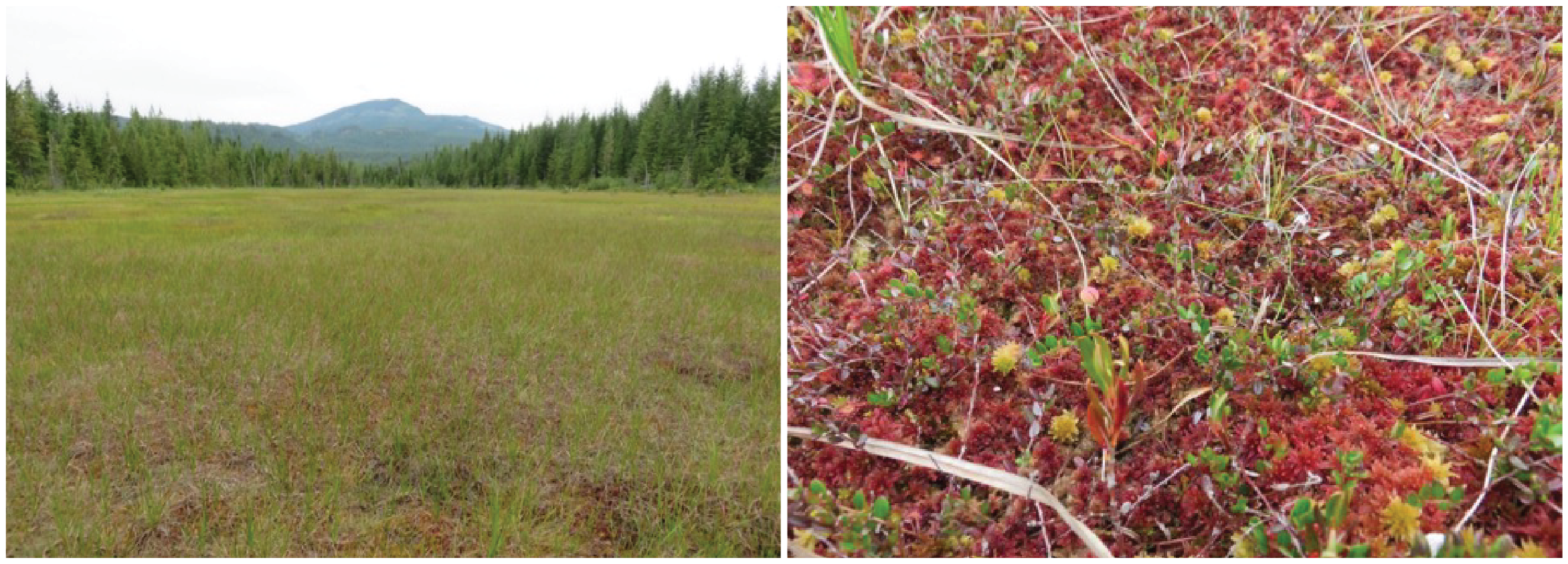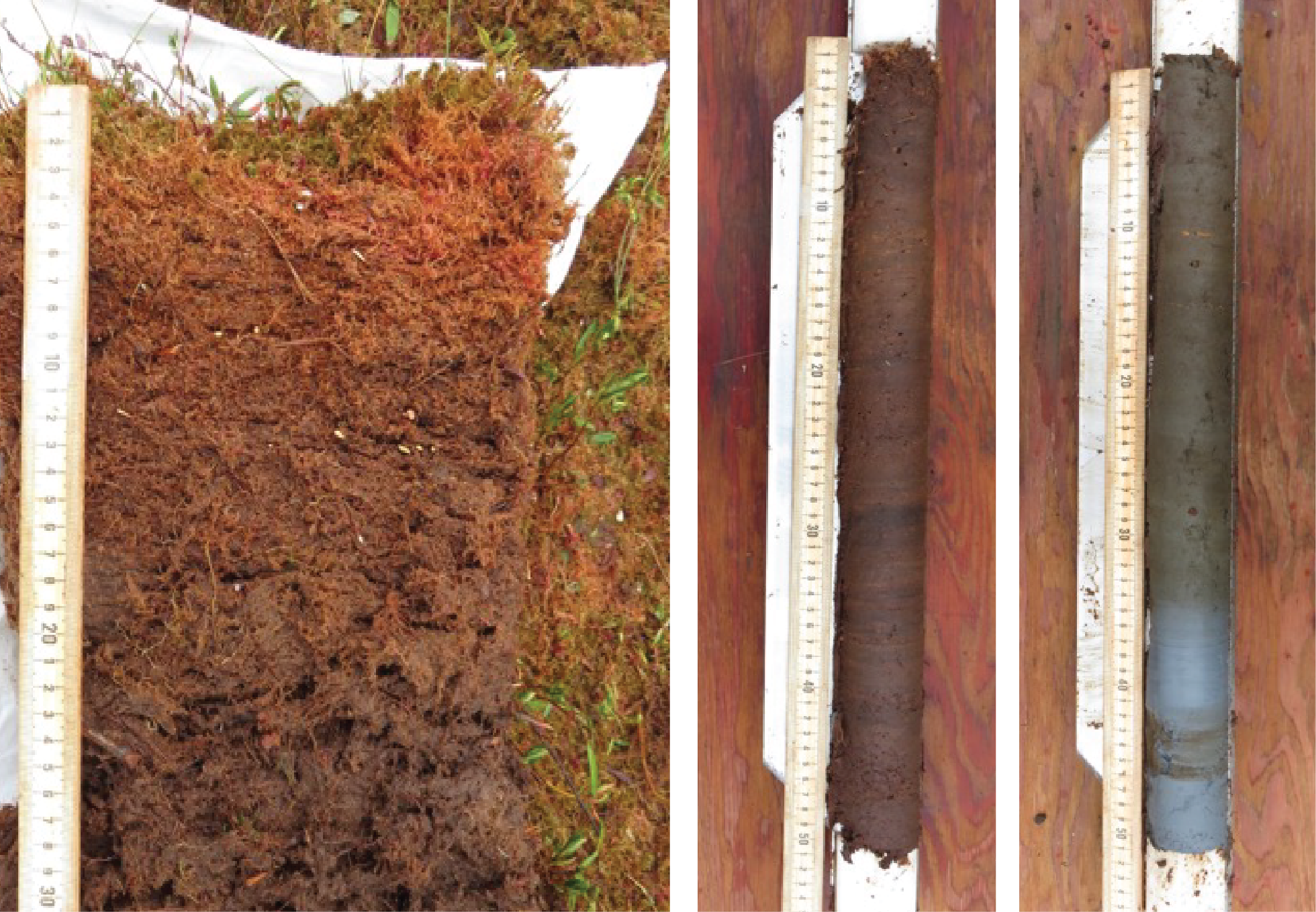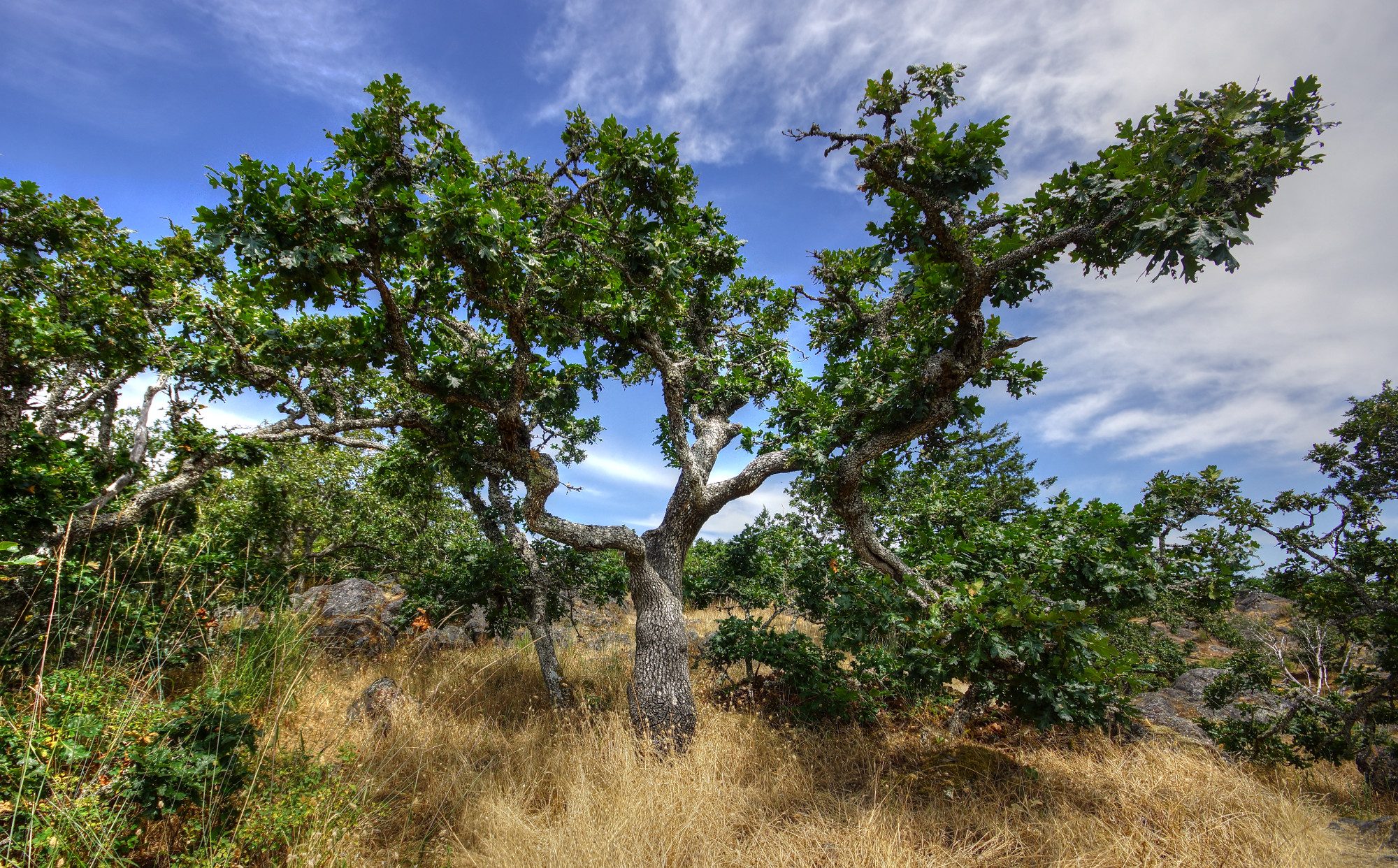A central focus of research in the Paleoecology Lab is investigating long-term carbon (C) accumulation in peatlands (e.g. bogs and fens) and how changes in climate, hydrology and plant communities dictate peatland C storage. This research helps to identify the key drivers of peatland C storage, and the role that peatlands play in the global C cycle and their impacts on climate as CO2 sinks and CH4 sources. Peatlands are widespread in Pacific Canada, but the region is underrepresented in international databases. Our research uses a multi-proxy approach (%C and N, isotopes, plant macrofossils, pollen & other microfossils) to reconstruct peatland formation, succession and C accumulation rates, which are key to unravelling the direct and indirect drivers of change in peatland C sequestration and reducing uncertainty in paleoreconstructions.
We have shown that C accumulation in BC peatlands was highest in the early Holocene when seasonal differences in climate were amplified relative to the present, which favours C accumulation during the growing season and reduces winter decomposition. Our work has shown that local factors such as hydrological conditions, disturbance from fire, and changes in plant communities also constrain long-term peatland dynamics and C storage. We have also shown that terrestrialization and paludification can act together in peatland expansion. Recent research has examined testate amoebae in BC peatlands as a tool for reconstructing paleohydrological records. Current research is focussed on comparing modern peatland plant communities and pollen assemblages in surface peat, to better calibrate the inferences drawn from fossil pollen preserved in peat at depth.


Research funding has been provided through grants to Terri Lacourse from:






